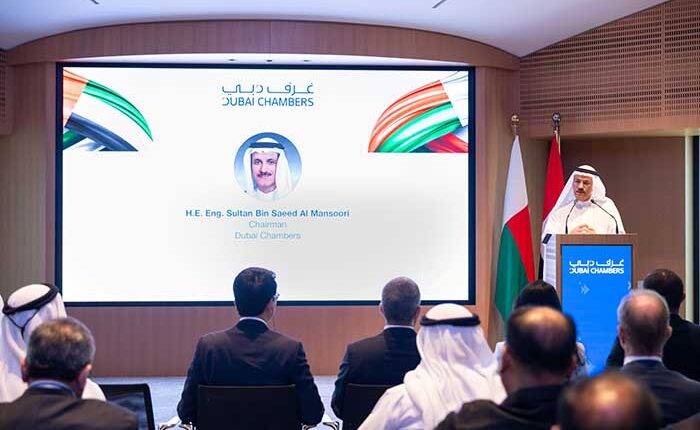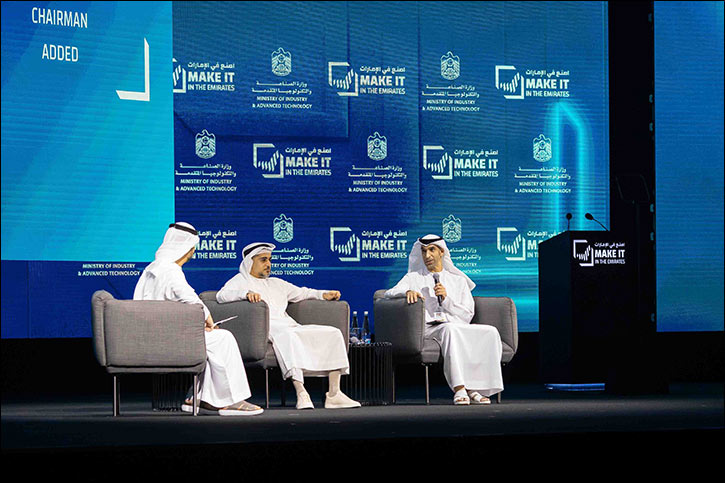
The Middle East and North Africa (MENA) plays host to nearly 600 million people distributed in three continents. Though the region has diverse ethnicities, cultures, and religions, they have good opportunities to speed up innovation and close the gap in learning and upskilling.
MENA has over 100 million school children, with technological resources like online tutoring systems ensuring they continue advancing their knowledge. That means if the region is committed to innovation in the education system, the current generation of learners will have what it takes to transform MENA and bridge the existing gaps of inequality and poverty.
HolonIQ, together with the World Bank, joined the initiative to look at the MENA education technology innovation ecosystem to critically assess the learning results and be part of the transformation of the education system in the region. The research looks at MENA education’s challenges alongside more than 700 optimistic EdTech teams working hard to improve MENA education by incorporating technology and enabled solutions. The global learning landscape is applied to map the MENA learning and talent innovation.
Economic and social policy barriers
One of the essential initiatives across MENA is to accelerate education innovation to drive stability, growth, and prosperity to all. The current projection is that by 2050, there will be over 270 million children between the ages of 0 -24 years living in the MENA region. For the over 100million students in the region currently, research revealed that the reading performance of 15-year-old students was 2 -4 years of schooling behind the OECD average. Although there are changes in the education system in the region from time to time, there needs to be a deliberate move to bridge the gap and ensure the next generation is well equipped for future success.
The levels of youth unemployment currently are the highest in the world. Over 30% of the adolescents in North America are unemployed, and over 20% in the Arab countries were unemployed before 2020. The levels of unemployment for women are even higher as compared to men. 40% in North Africa and over 35% in the Arab countries are unemployed.
The youth’s marginalization levels are even higher, and most of them are vulnerable, especially women, refugees, the poor, and children with disabilities, thus hindering them from discovering their full potential.
The financial outlook for MENA today has reduced significantly due to the low oil export revenue and the increase in fiscal expenditure needed to respond to the health crisis. The current region account and fiscal balances in 2020 were expected to be at -4.8% and -10.1% of GDP, respectively, which is way below the forecast in October 2019. There are expectations for the rise in the public debt from about 45% of GDP in 2019 to 58% in 2022.
Early Childhood and Pre-K
There is an excellent focus on early childhood education and learning worldwide. For the MENA case, education technology’s pre–K focus is spread across digital learning resources, mobile apps and games, STEM, and language learning. The Pre–K in the MENA region makes up a small percentage of the overall education technology landscape.
K-12
K -12 is the region that takes the vast share of EdTech companies founded and headquartered in MENA. The focus of the digital resources, educational management systems such as learning environments (LMS) and education management (SIS), language learning and tutoring, games, and simulation are emphasized in education.
Higher Education
The representation of higher education is about 10% higher than the Pre – K. The innovation is spread across many different clusters with concentration being put into upskilling, SIS (Education Management), and Discovery of Higher Education Programs across MENA around the world for international students.
Workforce
The corporate training and workforce represent almost half of all education technology founded and headquartered in MENA. D2C and B2B adult up-skilling is the single largest segment by far across all sectors. The workforce is focused on capability development and talent acquisition technologies which mean language learning is essential. So far, there is a solid focus on the management system such as learning environment (LMS) and education management (SIS), with more emphasis on advanced technologies such as XR/AR/VR and Coding Bootcamps Career Planning.
MENA is working hard to deliver on their digital content whereby 58% of the workforce is servicing K12, and 30% is servicing the workforce sector. However, at the sub-sector level, the 2021 cohort sees the balance of startups working right across the learning lifecycle from Jeel (an education and entertainment platform for preschoolers) to OPM and MOOC models such as Baims, Rwaq, and Edraak.
It is promising to see EdTech startups leveraging advanced technologies such as VLaby and PraxiLabs (virtual labs), along with STEAM solutions GoMyCode, Geek Express, and Hello Work kids. The most promising EdTech startups in the region are this year’s cohort. They represent the developing ecosystem, with one in five startups under three and a half in a growth stage between 4 -6 years.












